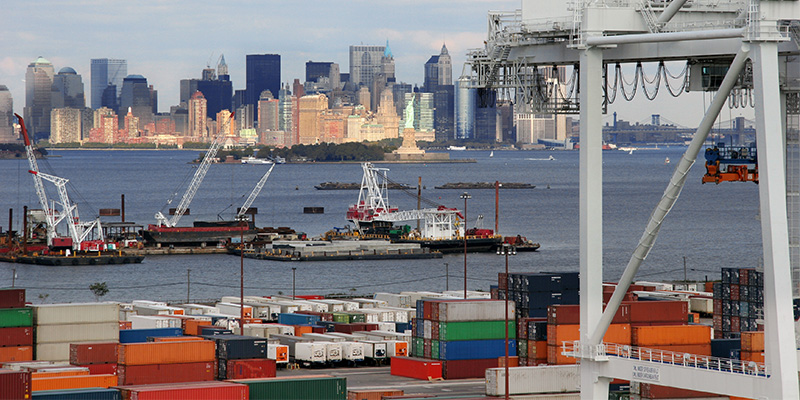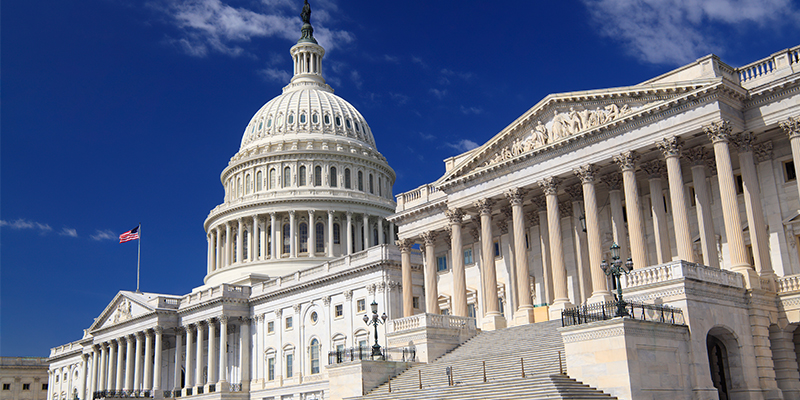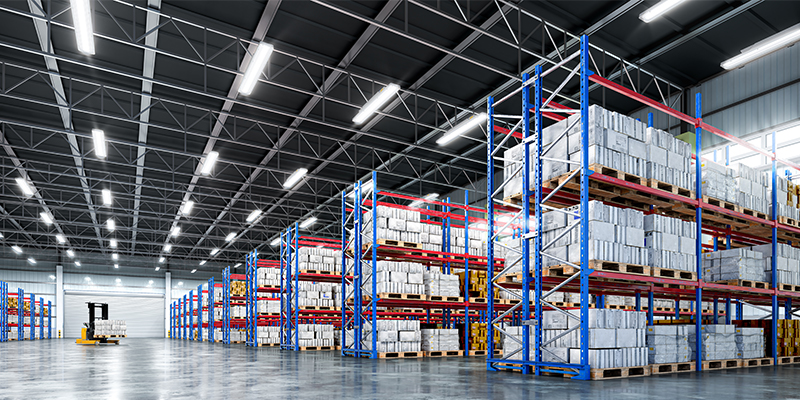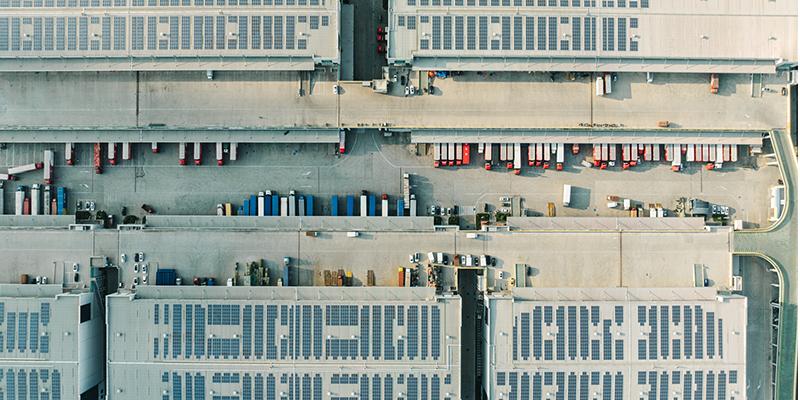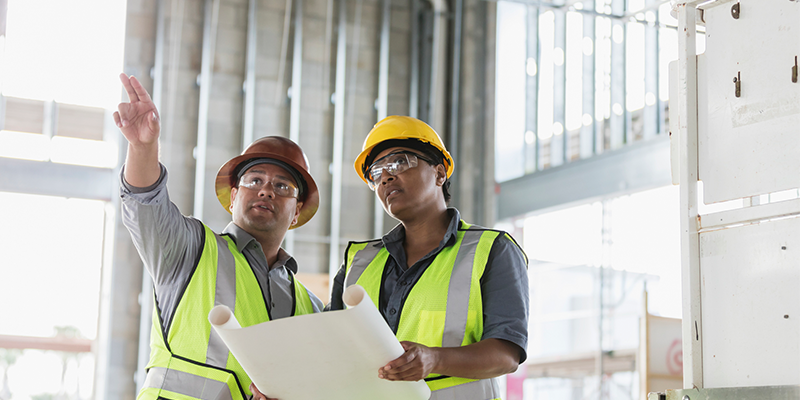When a catastrophe hits an area, nearly one-third of local businesses fail within two years; another third fail after that.
Moderator Anne Strauss-Wieder, freight and public policy instructor at Rutger’s University, opened an expert panel discussion on why businesses and communities need supply chain resilience at the I.CON East conference this week in Jersey City, New Jersey. Fortifying the supply chain is essential to secure the long-term viability of a business and its surrounding community. Disruptions over the past few years like the COVID-19 pandemic, natural disasters, and cyberattacks have underscored the vulnerability of supply chains and the need for robust strategies to mitigate risks.
How should we approach disruption?
Disruption can have both short-term and long-term consequences for businesses. For instance, when Hurricane Irma swept through Florida in 2017, it decimated the Florida orange industry and put 45,000 people out of work. The area continues to rebuild but is still trying to regain market share after customers turned to other locations to supply oranges.
“It’s essential for businesses to view disruption as a spectrum,” Strauss-Wieder stressed. Some disruptions can be forecast, such as weather events and strikes, while others will hit rapidly and abruptly, like the pandemic and 9/11. Then there are those steadily burning disruptions that can be ongoing, such as the Ukraine War and other humanitarian crises.
Understanding these disruptions’ nature and potential impacts is essential for developing resilient strategies. “Resilience strategies need to address different types of risk, such as transportation failures and cybersecurity. Key questions are what can happen to your business and how can these impacts be minimized?”
Disruption should be planned for ahead of time and holistic. “If there’s anything I want you in the audience to take away, a successful plan includes coordination, collaboration and communication – the three Cs,” said Strauss-Wielder. “For industrial developers, you also need to think about how you can fit into your customer’s plans for resilience.”
How can industrial developers build resilience into their projects?
David Greek, managing partner at Greek Real Estate Partners, asserted that resilience can be built in from the start of a project.
“As far as capitalization goes, it’s about having a strong investor base and conservative leverage.” He explained that going out on a limb for leverage can pump up projected returns, but highly leveraged developers now feel the sting of risky decisions in the current environment.
Greek also stressed the need to build resilience in design. “During the recent peak industrial market, there was furious demand. With that, sacrifices were made in design to get to market fast. But by building in [resiliency], you can respond if customer demand pulls back.”
Those lessons are being learned now by developers who didn’t build in flexibility. “Big-box, single-tenant demand has fallen the fastest. If you can divide your space, you have more potential customers to fill it,” explained Greek.
Another consideration Greek mentioned was insurance. “We are in a risky environment. How many of us were surprised by the New Jersey earthquake two months ago? There are some smart insurers out there that can calculate risk and price for it. Fostering a great relationship with your insurers and broker will help you manage increasing insurance costs.”
Lessons learned from COVID’s supply crunch
Beth Demba, head of capital deployment for the East at Prologis, agreed that you should consider design flexibility in your buildings. Customers’ demand to secure and hold inventory has greatly changed.
“Before the COVID-19 pandemic, there was no perceived risk to customers in accessing their products. COVID showed them the simple rule of inventory: you can’t get money if you can’t deliver a product.” In response, when customers could secure their products, it created a huge land grab. “Industrial rents in New Jersey increased 65%,” added Denba.
As we look ahead, customers still need product certainty, but CFOs are budget-constrained when it comes to investing capital to fully build out their supply chains. There’s a balance.
Greek added that investment has shifted from stringent, just-in-time management to more flexibility. He highlighted that “10-15% of absorption is due to customers’ increased inventory capacity in case of supply chain disruption.” Customers are and will remain sensitive to having inventory on hand.
What are the engineering implications of resilience?
Brad Bohler, principal and branch manager at Bohler, stated that it’s important to future-proof a site, stating that the company conducts upfront due diligence for back-up power and freight access. It’s costly, so there’s a balance between what’s needed and what’s economically feasible. A case in point: Strauss-Wieder highlighted the need for backup freight access after the Dali ship caused the collapse of the Francis Scott Key bridge in Baltimore.
The audience asked if regulators had gone too far. “What’s harder to predict are which [regulations] are coming. It’s a shock to the system,” stated Denba. All panelists thought regulators could be more communicative, inclusive and collaborative.
Bohler advised: “Discuss resilience with your customers. You might be surprised by how much it is on their minds.”

This post is brought to you by JLL, the social media and conference blog sponsor of NAIOP’s I.CON East 2024. Learn more

